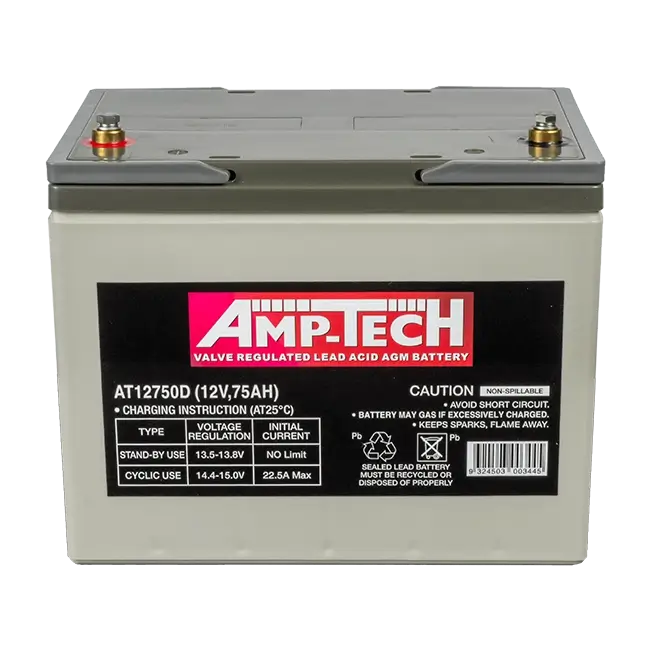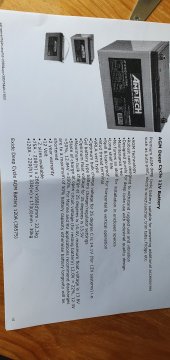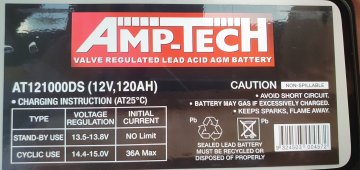off.the.grid
New Member
- Joined
- Dec 26, 2021
- Messages
- 124
I'm trying to work out what the correct value is for these batteries. I'm installing 2 of them in my friends RV in 24V configuration.
The epever controller has a default of -3mv/c
Looking at the charge voltages specified, it's a bit lower than most AGM batteries I've worked with.
The dealer claims they can be discharged down to 20% which I don't buy, but would be a breakthrough for lead acid batteries if that was the case.
They are amptech at12750d I think these are made by exide.
Datasheet is here below, it has a table of charge voltages at different temperatures, but have no idea how to translate that into mV per cell.
The epever controller has a default of -3mv/c
Looking at the charge voltages specified, it's a bit lower than most AGM batteries I've worked with.
The dealer claims they can be discharged down to 20% which I don't buy, but would be a breakthrough for lead acid batteries if that was the case.
They are amptech at12750d I think these are made by exide.
Datasheet is here below, it has a table of charge voltages at different temperatures, but have no idea how to translate that into mV per cell.






